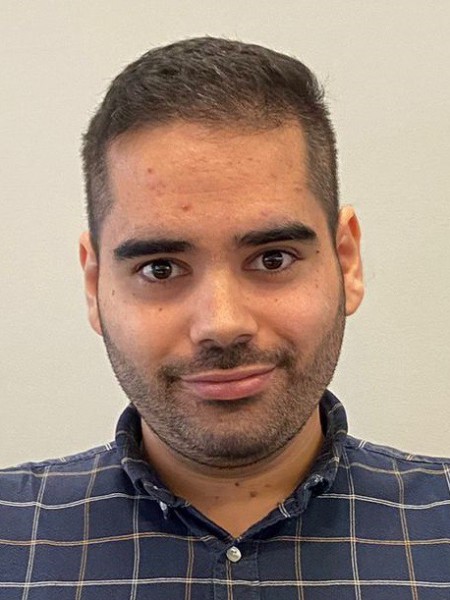abstract
The development of novel green solvents demands the knowledge of their properties, such as polarity, which can be described through solvatochromic parameters. However, while these are available for a wide range of conventional solvents, there is a lack of data for the emergent ones. Considering the need for such data, predictive models to estimate the Kamlet-Taft (K-T) parameters for deep eutectic solvents (DES) are developed here. The models, based on the conductor-like screening model for real solvents (COSMO-RS) descriptors, were initially developed and tested for 175 organic solvents to validate the applicability of the proposed approach. This approach was then extended for DES, which were classified into two categories, acids and nonacids. The developed equations showed a very good performance for all three K-T parameters, and this is the first work to propose models for all K-T parameters for DES. Moreover, a comparison between polarity data of DES and organic compounds showed that DES, rather than replace common solvents, can extend their range of polarities, reinforcing their designer solvent ability.
keywords
HYDROGEN-BOND ACIDITY; IONIC LIQUIDS; EXTRACTION; SCALE; MIXTURES; COEFFICIENTS; SEPARATION; MOLECULES
subject category
Chemistry, Multidisciplinary; Green & Sustainable Science & Technology; Engineering, Chemical
authors
Wojeicchowski, JP; Abranches, DO; Ferreira, AM; Mafra, MR; Coutinho, JAP
our authors
Groups
G4 - Renewable Materials and Circular Economy
G6 - Virtual Materials and Artificial Intelligence
acknowledgements
This work was developed within the scope of the project CICECO-Aveiro Institute of Materials, UIDB/50011/2020 and UIDP/50011/2020, financed by national funds through the Portuguese Foundation for Science and Technology/MCTES. J.P.W. is grateful for the scholarship (88881.361904/2019-01) provided by CAPES (Coordenaao de Aperfeicoamento de Pessoal de Nivel Superior, Brazil) and by Banco Santander S.A (Brazil). M.R.M. is grateful to the Brazilian National Council for Scientific and Technological Development (CNPq.grant 308517/2018-0).





